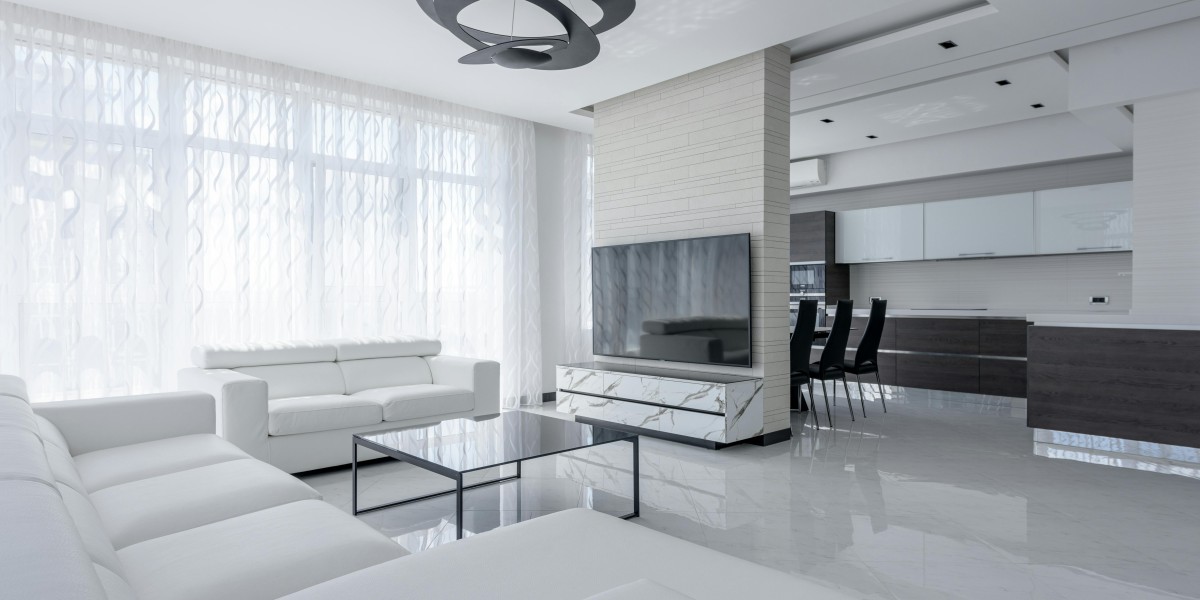The hospitality industry is evolving rapidly, with travelers seeking unique and comfortable experiences at every corner of the globe. For small hotel owners, this presents an exciting opportunity to create intimate, memorable spaces. However, the challenge lies in maximizing limited space while maintaining functionality and aesthetic appeal. Fear not! This guide introduces 17 budget-friendly interior design ideas that will help you transform your property into a haven of charm and functionality, driving hotel room sales strategies naturally.
Critical Takeaways
- Embrace Multifunctional Furniture: Dual-purpose furniture maximizes space and caters to diverse guest needs.
- Mirror Magic: Strategically placed mirrors create the illusion of a larger space and enhance light flow.
- Embrace Verticality: Use shelving, mounted décor, and cabinets to make the most of wall space.
- Let There Be Light: Natural and layered artificial lighting brighten interiors and create a welcoming ambiance.
- Declutter and Simplify: A minimalist design approach promotes a calming atmosphere and optimizes functionality.
Having spent over a decade in the hospitality industry, I’ve seen firsthand how small hotels can stand out with thoughtful design. These spaces exude a unique charm and intimacy that larger establishments often lack. By incorporating these design strategies, you’ll not only elevate your guests’ experiences but also enhance your hotel room sales strategies.
1. Multitasking Marvels: The Magic of Multifunctional Furniture
Small spaces demand clever solutions, and multifunctional furniture tops the list. These pieces help optimize limited square footage while catering to guests’ needs.
- Sofa Beds: These classic pieces double as seating during the day and cozy beds at night. Investing in high-quality options ensures guest comfort and positive reviews.
- Ottomans with Storage: These versatile pieces provide hidden storage for blankets or luggage and can serve as footrests, tables, or extra seating.
- Murphy Beds: These wall beds fold away when not in use, freeing up valuable floor space. Some models include built-in shelves or desks, further enhancing functionality.
- Nesting Tables: With their space-saving design, these tables can be arranged for multiple uses and tucked away neatly when not needed.
2. Mirror, Mirror on the Wall: Creating an Illusion of Spaciousness
Mirrors are a cost-effective way to make small spaces feel more extensive and inviting.
- Reflecting Light: Place large mirrors opposite windows to amplify natural light and create a sense of openness.
- Strategic Placement: Use mirrors in seating areas or hallways to add depth and visual interest.
- Mirrored Cabinet Doors: Combine function and illusion by incorporating mirrors into cabinet doors, expanding the room’s perceived size.
- Mirrored Headboards: These reflect light beautifully while adding a touch of luxury to your design.
3. Thinking Vertically: Maximizing Space with Storage Solutions
When floor space is limited, the walls offer untapped potential for both storage and style.
- Shelving Solutions: Open shelves or closed cabinets installed above beds or dressers provide practical storage and an opportunity to showcase décor.
- Wall-Mounted Features: Mount TVs, headboards, and even desks to free up floor space and maintain a modern aesthetic.
- Hooks and Racks: Add hooks behind doors and in bathrooms for towels, robes, or bags, keeping the room organized.
4. Let There Be Light: The Power of Natural and Artificial Illumination
Lighting is crucial for creating a warm and welcoming environment.
- Maximize Natural Light: Install large windows or skylights where possible and use sheer curtains to allow light to flow freely.
- Layer Artificial Lighting: Combine overhead lighting with task lamps and accent lights for a balanced ambiance.
- Task Lighting: Bedside and desk lamps improve functionality, while vanity lighting enhances convenience for guests.
- Accent Lighting: Highlight architectural features or artwork with recessed or wall-mounted lights.
5. Declutter and Simplify: The Power of Minimalist Design
Minimalism is more than an aesthetic; it’s a strategy for optimizing small spaces.
- Less is More: Avoid overloading rooms with furniture or accessories. Focus on essentials that enhance both function and style.
- Clean Lines: Choose sleek, simple furniture that creates a sense of openness.
- Neutral Palette: Light colors like white or beige reflect light, creating a spacious feel. Add character with colorful throw pillows or artwork.
- Dual-Purpose Décor: Incorporate decorative items that also serve a function, such as storage ottomans or multi-use wall art.
Beyond the Room: Enhancing Common Areas
Creating a cohesive ambiance across your property extends the charm of your small hotel.
The Lobby: A Welcoming First Impression
- Comfortable Seating: Arrange furniture to encourage social interaction and relaxation.
- Lighting Layers: Overhead lights ensure brightness, while table lamps add warmth.
- Local Character: Showcase regional artwork or furniture made from local materials.
Communal Spaces
- Breakfast Nook: Offer grab-and-go options in a cozy corner with a coffee station.
- Outdoor Areas: Add bistro tables, greenery, and string lights for an inviting space to unwind.
A Touch of Luxury
Even on a budget, small hotels can incorporate luxurious elements.
- High-Quality Finishes: Invest in durable flooring, elegant lighting fixtures, and refined textures for a polished look.
- Unique Artwork: Feature pieces from local artists to add personality and exclusivity.
- Upscale Amenities: Partner with local businesses for gourmet snacks, craft beverages, or wellness experiences.
Hotel Room Sales Strategies
Your design choices don’t just influence aesthetics; they play a critical role in boosting revenue. Thoughtful interior design can:
- Create a memorable guest experience, increasing positive reviews and repeat bookings.
- Enable higher room rates by emphasizing quality and uniqueness.
- Attract niche markets, such as health-conscious travelers, by incorporating wellness-focused amenities like spa treatments or fitness spaces.
FAQs
1. What’s the trickiest part of small hotel interior design?
Making the most of limited space without sacrificing guest comfort. Focus on multifunctional furniture and efficient storage solutions.
2. How can I make a tiny hotel room feel luxurious?
Incorporate high-quality finishes, thoughtful lighting, and personalized touches like plush linens and curated décor.
3. What are space-saving furniture ideas for small hotel rooms?
Consider Murphy beds, sofa beds, nesting tables, and wall-mounted features for maximum versatility.
4. How can I enhance my small lobby?
Use comfortable seating, warm lighting, and local décor elements to create an inviting atmosphere.
5. How can I promote a small hotel to budget-conscious travelers?
Highlight the personalized experience, unique design, and convenient location of your property.
Conclusion
Small hotels hold a unique position in the hospitality industry, offering charm and intimacy that larger properties often lack. By implementing these budget-friendly interior design ideas, you can enhance your guests’ experiences, optimize functionality, and boost your hotel room sales strategies.
Ready to transform your small hotel into a grand experience? Start by reimagining your space with these proven strategies today!







